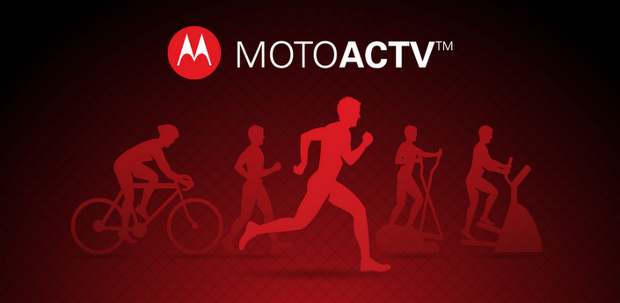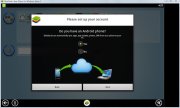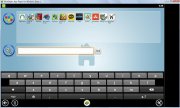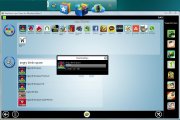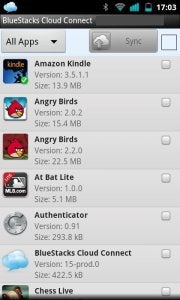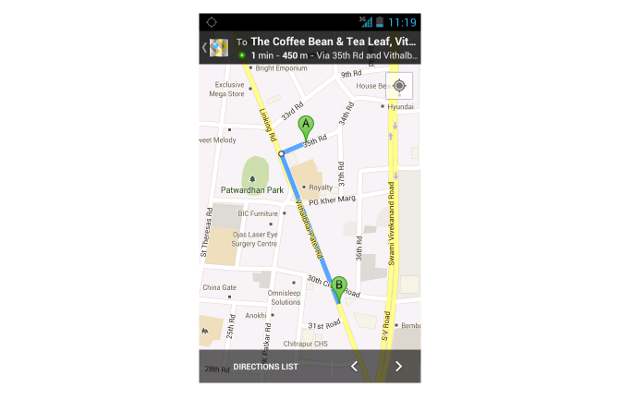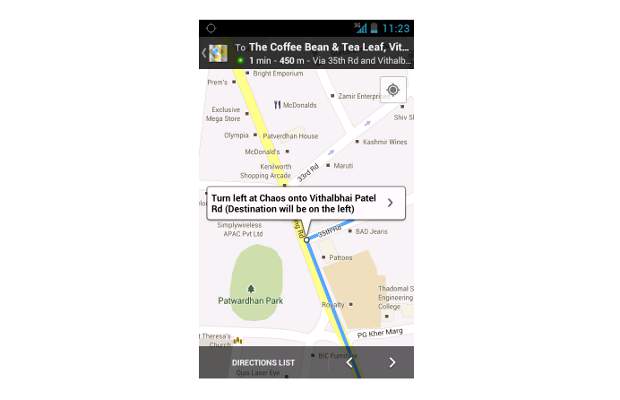zeebox today announces the availability of its award-winning social TV app for Android smartphones and the launch of a new home page to its web service, providing users with a new personalised way to discover programmes to watch on TV.
zeebox’s Android app – available in the UK Google Play store – provides consumers with a rich social TV guide, interactive information about TV programmes, links to relevant apps and downloads, and contextual ‘zeetags’ that magically surface web content related to what’s happening on TV.
The Android app synchs seamlessly with connected TVs, acting as a remote control for Sony, Panasonic and Samsung TVs, as well as Virgin’s Tivo boxes. Now Android smartphone users will have access to the all the features that madezeebox a hit with hundreds of thousands of iPad and iPhone users in the UK.
Consumers will be able to discover TV content by seeing at a glance what their friends and favourite celebrities are watching, to see what the Twitter buzz is around their most loved TV shows, and to get access to a wealth of web content that magically appears in the context of the show they’re watching.
Ernesto Schmitt, CEO of zeebox said:
Anthony Rose, CTO of zeebox said:
Zeebox is available from today for most Android smartphones in the Google Play store here, with tablet versions to follow. The new MY TV page goes live on http://zeebox.com, with iPad, iPhone and Android apps being updated in due course to include this new functionality.
Original Source
Android App Development
zeebox’s Android app – available in the UK Google Play store – provides consumers with a rich social TV guide, interactive information about TV programmes, links to relevant apps and downloads, and contextual ‘zeetags’ that magically surface web content related to what’s happening on TV.
The Android app synchs seamlessly with connected TVs, acting as a remote control for Sony, Panasonic and Samsung TVs, as well as Virgin’s Tivo boxes. Now Android smartphone users will have access to the all the features that madezeebox a hit with hundreds of thousands of iPad and iPhone users in the UK.
Consumers will be able to discover TV content by seeing at a glance what their friends and favourite celebrities are watching, to see what the Twitter buzz is around their most loved TV shows, and to get access to a wealth of web content that magically appears in the context of the show they’re watching.
Ernesto Schmitt, CEO of zeebox said:
“We’re delighted to bring our hugely popular app to the Android market in record time, extending the reach of the leading social TV platform to many more devices. For broadcasters and production companies, the extension of our platform creates additional touch points with fans of their shows.”In a further step toward providing consumers with a personalised way to discover TV programmes, zeebox’s web service also relaunches today with a new MY TV home page. MY TV shows you the programmes your friends are watching, right now. You can also see the programmes that are most popular with everyone, right now, completewith the zeebox audience ranking and Twitter buzz measures for that show.
Anthony Rose, CTO of zeebox said:
“The new MY TV page is our first step in using our analysis of TV viewing behaviour through zeebox to create personalized, social recommendations. It’s fascinating to see how some programmes have high viewing but low social buzz, and vice versa. This will soon provide the industry with significant new insights into TV viewing behaviour.”Since launching in October 2011, zeebox has led innovation in the market of social TV apps, uniquely enabling consumers to discover TV content through their extended social graph, to follow their favourite celebrities’ TV viewing, and to automatically get more information about the programmes they’re watching. zeebox knows what consumers are watching, and engages them with relevant content and ecommerce opportunities in synch with live TV.
Zeebox is available from today for most Android smartphones in the Google Play store here, with tablet versions to follow. The new MY TV page goes live on http://zeebox.com, with iPad, iPhone and Android apps being updated in due course to include this new functionality.
Original Source
Android App Development





